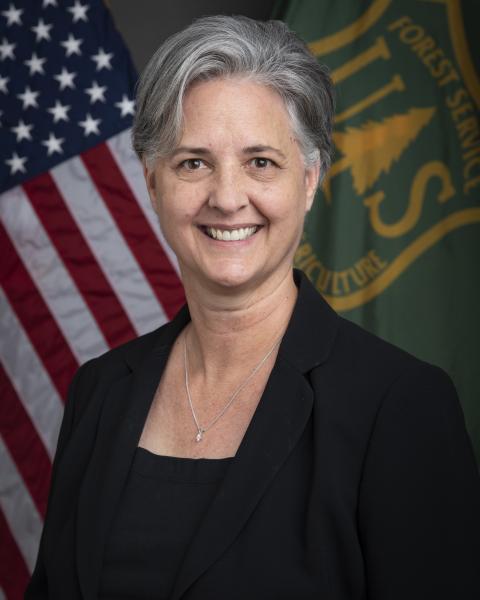Meet a Forester, Valerie Hipkins
This month, we are pleased to feature Valerie Hipkins, Station Director for the USDA Forest Service Pacific Northwest and Pacific Southwest Research Stations.

What was your first position in the field of forestry?
My first position in the field of forestry was with the Forest Service Youth Conservation Corp where I spent two summers while in high school working on the Sierra National Forest in California. That experience solidified my desire to pursue a career in forestry. I went on to earn my bachelor’s degree in forestry from Humboldt State University, followed by a master's and Ph.D. in forestry and genetics from Oregon State University.
How long have you been in your role?
I’ve been in the Forest Service for 30 years and began my current position as Research Station Director in July 2024. I spent many of my years with the Agency leading the National Forest Genetics Lab (where I provided genetic testing services to resource managers both in the Forest Service and for our partners). I’ve also held positions in science management within Forest Service Research and Development, supported nursery operations and reforestation efforts, and worked for a time for the U.S. Fish and Wildlife Service in the Northeast.
What do you enjoy most about being a Western Forestry Leadership Coalition (WFLC) member?
I enjoy bridging the gap between scientific research and practical application. Meaningful gains are made when we understand real-world needs and leverage scientific insights to inform effective decision-making. WFLC offers a unique opportunity to collaborate across diverse boundaries, fostering a more comprehensive and impactful approach to addressing complex challenges.
What do you see to be the emerging issues in your region?
Wildfire management in western Pacific forests; Smoke prediction and management; Watershed restoration; Post-disturbance restoration and management practices; Shift from output-based performance indicators to outcome-based performance metrics that can be used to assess the effectiveness of forest management practices.
What is your favorite tree?
It’s hard to pick just one, but it would have to be the Coast Redwood!